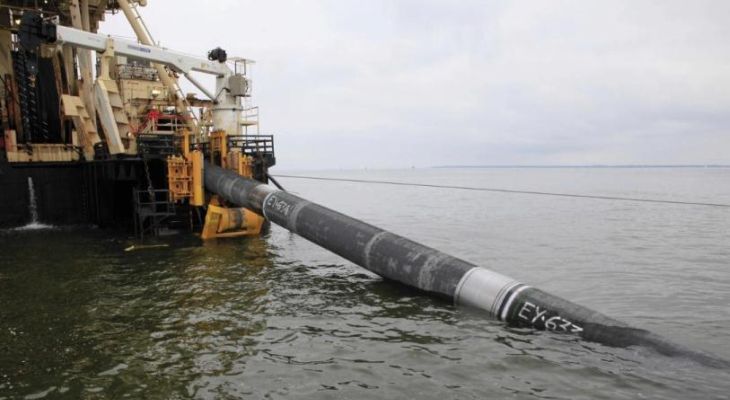Gazprom and its European partners signed a shareholders’ agreement on the Nord Stream-2 gas pipeline project that will run beneath the Baltic Sea to Europe, bringing Europe closer to Moscow’s energy orbit, according to Euractiv.com.
Russia provides for an estimated third of the EU’s energy needs, but around half of the gas the EU imports from Gazprom is shipped via Ukraine, with which Russia is in conflict. Gazprom wants to find new ways to deliver gas to Europe, bypassing its neighbor.
The EU has prevented a project to bring more Russian gas to Southeastern Europe, namely the now defunct “South Stream”, but apparently nothing prevents Germany from helping Russia carry out its project to bypass Ukraine.
Gazprom, E.ON, BASF/Wintershall , OMV, ENGIE and Royal Dutch Shell formed the new consortium for the project, a spokesman for the consortium said on Friday. Nord Stream was inaugurated on 8 November 2011, in the presence of then-President Dimitry Medvedev, and Chancellor Angela Merkel.
Gazprom is fighting to defend its market share in Europe in the face of oversupplied gas markets, betting on rising long-term demand as Europe’s indigenous gas sources are declining.
Led by Gazprom, which has put the cost of the plan at up to €9.9 billion and maybe less due to savings, the group is to build a third and fourth pipeline to transport up to 55 billion additional cubic meters of gas a year. It would double the capacity of lines 1 and 2, which take the same route. The new pipelines are due to start transporting gas by the end of 2019.
